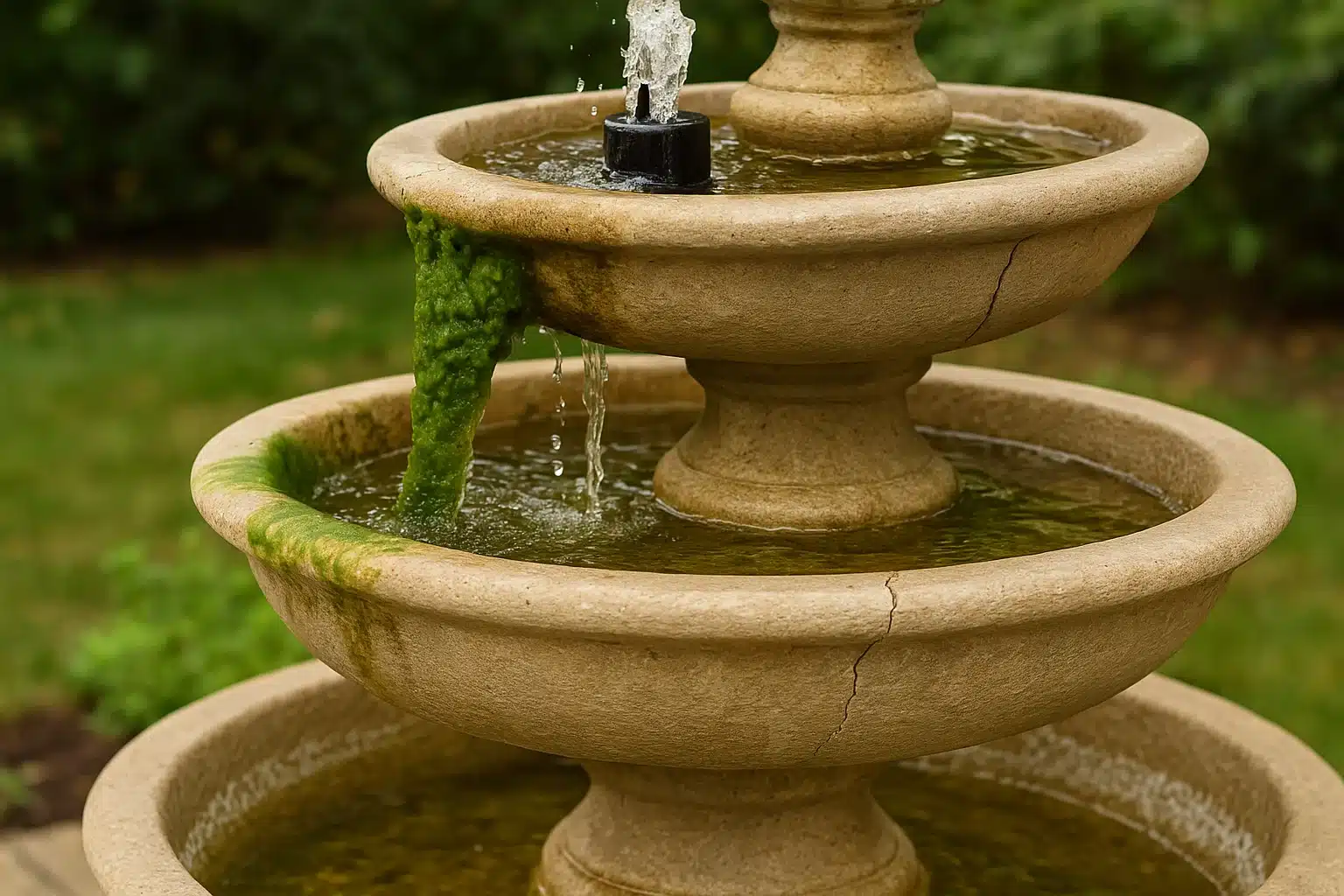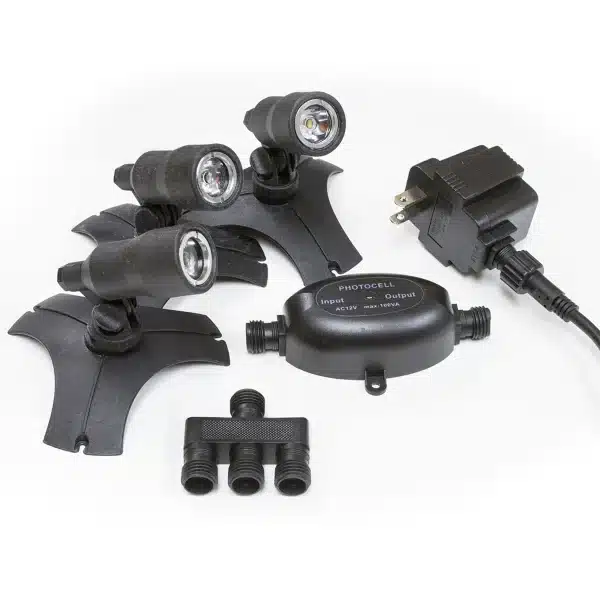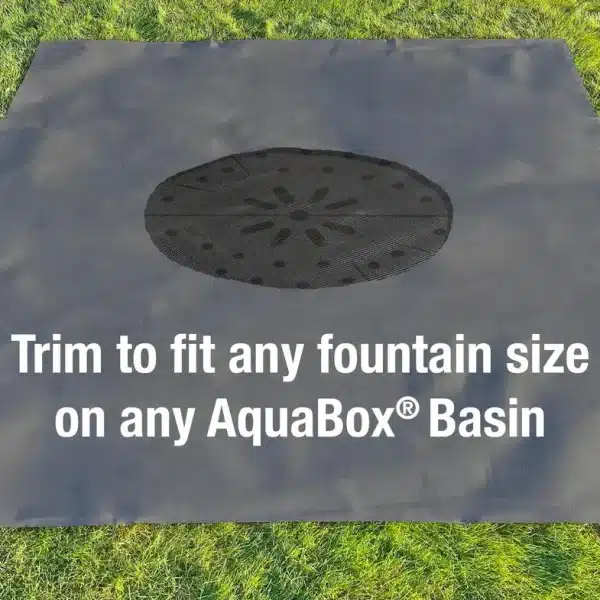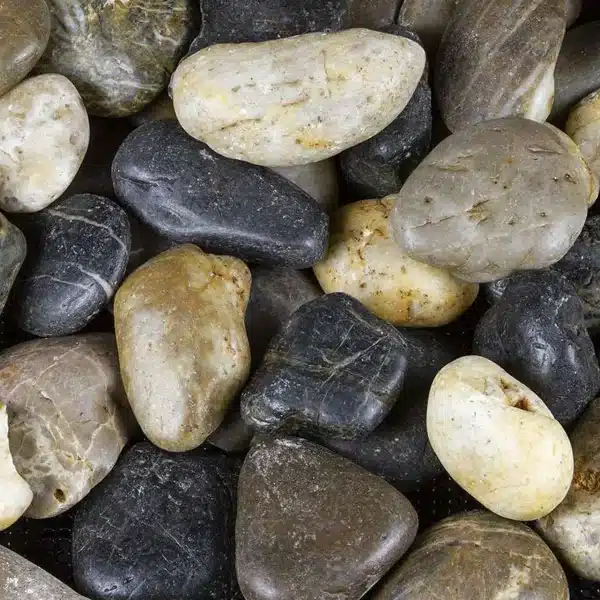Introduction
Fountains have long been a symbol of elegance, serenity, and architectural beauty. Whether it’s a grand outdoor water fountain in a city plaza, a charming garden fountain tucked into a backyard, or a soothing tabletop fountain inside a home, water features add both aesthetic appeal and wellness benefits. But like any functional and decorative investment, fountains require regular maintenance to ensure they continue performing beautifully.
Regular inspections are the backbone of fountain health. Skipping this step can lead to clogged pumps, algae buildup, structural damage, and expensive repairs. By scheduling routine checks, you not only extend the lifespan of your water feature but also ensure safe and consistent operation. In this guide, we’ll explore the role of inspections for fountains, when to perform them, and the step-by-step process to check the condition of your water features.
Why Regular Inspections Matter
Protecting Your Investment
Fountains, whether indoor or outdoor, represent a significant investment in design and functionality. Outdoor fountains face exposure to the elements, while indoor fountains require attention to water quality and pump performance. Inspections allow you to catch problems early, before they escalate into costly repairs.
Enhancing Water Quality
One of the most common issues with water fountains is stagnant or dirty water. Poor water quality not only diminishes the beauty of a fountain but can also create health risks, such as mold or mosquito breeding. Inspections help you monitor water clarity, prevent scaling, and ensure the right chemical balance.
Prolonging Equipment Lifespan
Most fountains rely on pumps, filters, tubing, and lighting systems. Over time, wear and tear can reduce efficiency. By inspecting these components, you prevent premature equipment failure and keep your fountain running smoothly.
Safety Considerations
For larger water features such as rain curtain fountains, wall fountains, and floor fountains, electrical systems are often involved. Regular checks reduce the risk of electrical hazards and ensure compliance with safety standards.
When to Inspect Your Fountain
The frequency of inspections depends on the type of fountain, its location, and its size. Below are general guidelines:
1. Outdoor Fountains and Garden Fountains
- Weekly Quick Checks: Look for debris, leaves, or dirt that may clog pumps.
- Monthly Inspections: Check for algae growth, inspect water levels, and clean filters.
- Seasonal Checks: Before winter, drain and protect fountains against freezing. In spring, check for cracks or damage from frost.
2. Indoor Fountains and Tabletop Fountains
- Weekly: Ensure water levels are maintained to prevent pump burnout.
- Bi-Monthly: Clean the fountain surface and inspect for scale or mineral deposits.
- Quarterly: Test pump performance and replace filters if applicable.
3. Wall Fountains and Floor Fountains
- Weekly: Wipe surfaces to prevent streaking.
- Monthly: Check for pump efficiency and lighting functionality.
- Semi-Annual: Inspect electrical connections and structural stability.
4. Rain Curtain Fountains and Rain Curtain Water Features
- Weekly: Monitor flow consistency across the curtain.
- Monthly: Inspect water distribution systems for clogs.
- Seasonal: Ensure no scale buildup interferes with the delicate rain effect.
How to Inspect Your Fountain: Step-by-Step
Step 1: Check Water Levels
Maintaining the right water level is critical for both indoor and outdoor fountains. Low levels can damage pumps, while overfilling may cause spillage. Use distilled or treated water whenever possible to prevent mineral deposits.
Step 2: Inspect the Pump
The pump is the heart of every fountain. Listen for unusual noises, check for clogs, and confirm that the water flow matches your fountain’s design (e.g., a steady rain curtain or cascading waterfall). If the pump feels hot or vibrates excessively, it may need replacement.
Step 3: Clean Filters and Tubing
Clogs in filters and tubing can restrict water circulation. Outdoor water fountains often collect leaves, insects, and dirt. Indoor water fountains, especially tabletop fountains, may accumulate dust and pet hair. Remove and rinse filters regularly.
Step 4: Examine Surfaces and Structures
Look for cracks, leaks, or discoloration in the fountain’s structure. Stone and concrete garden fountains may suffer from freeze-thaw damage, while metal wall fountains might corrode without proper care. Indoor fountains should be checked for water stains on surrounding surfaces.
Step 5: Test Electrical Components
Ensure that lights, timers, and electrical connections are functioning safely. For larger water features like floor fountains and rain curtain water features, always hire a professional if you suspect wiring issues.
Step 6: Monitor Water Quality
Algae, scale, and foul odors are indicators of poor water quality. Use water treatments designed for fountains to prevent buildup. Indoor fountains, in particular, benefit from distilled water to avoid white mineral deposits.
Common Issues Found During Inspections

- Algae Growth: A frequent issue in garden fountains and outdoor water fountains, especially in sunny locations.
- Pump Failure: Often caused by running dry, blockages, or lack of cleaning.
- Leaks: Cracks in basins, faulty seals, or tubing issues can cause water loss.
- Mineral Deposits: Hard water creates white scaling on surfaces of wall fountains, rain curtain fountains, and indoor water fountains.
- Uneven Water Flow: Particularly noticeable in rain curtain water features where the flow should be perfectly uniform.
Seasonal Inspection Checklist
Spring
- Refill and restart outdoor fountains after winter.
- Inspect for cracks or frost damage.
- Clean pumps and filters thoroughly.
Summer
- Monitor algae growth and apply algaecides if needed.
- Check water evaporation levels daily in hot climates.
- Ensure consistent flow in rain curtain fountains.
Fall
- Remove falling leaves and debris from garden fountains.
- Prepare to winterize outdoor fountains by draining water.
- Inspect indoor fountains for increased dust buildup from closed windows.
Winter
- Drain and cover outdoor fountains to prevent freezing damage.
- For indoor water fountains, check for dry indoor air causing rapid evaporation.
- Inspect electrical components since cold weather can affect wiring durability.
Professional vs. DIY Inspections
While many inspection tasks can be handled by homeowners, professional services provide added benefits:
- Expert Diagnosis: Professionals can identify hidden problems in pumps, plumbing, or electrical systems.
- Specialized Cleaning: High-pressure cleaning and safe chemical treatments preserve fountain materials.
- Warranty Protection: Some manufacturers require professional inspections to maintain warranties.
DIY inspections are great for weekly and monthly checks, but consider scheduling professional inspections at least once a year, especially for complex water features like rain curtain fountains or large floor fountains.
Tips for Extending Fountain Health
- Use Distilled Water Indoors: Prevents scale buildup in tabletop and wall fountains.
- Install a Pre-Filter: Keeps debris out of pumps in outdoor water fountains.
- Apply Protective Sealants: For stone or concrete garden fountains to prevent weather damage.
- Monitor pH Levels: Balanced water reduces corrosion and scaling.
- Rotate Decorative Elements: Avoid wear patterns in floor fountains and rain curtain water features.
Conclusion
Fountains, whether indoor, outdoor, tabletop, or grand rain curtain water features, require thoughtful care to stay beautiful and functional. Regular inspections are the cornerstone of fountain maintenance. By scheduling weekly, monthly, and seasonal checks, you not only protect your investment but also ensure safe, serene enjoyment for years to come.
Whether you’re admiring the gentle cascade of a garden fountain, the sleek design of a wall fountain, or the mesmerizing flow of a rain curtain fountain, inspections are the key to preserving their charm. Treat your fountain as the living, dynamic water feature it is, and it will reward you with endless beauty and tranquility.






